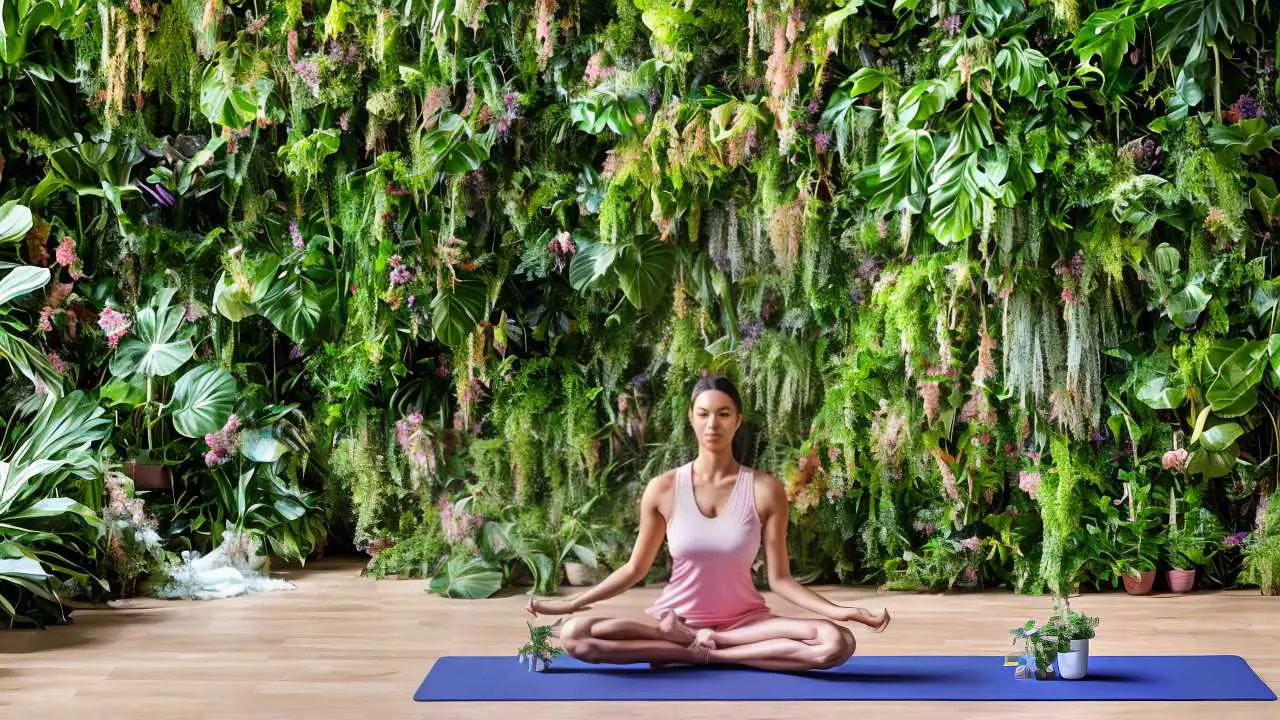You’re tossing and turning, your mind racing faster than a sprinter at the track meet. But what if you could harness the power of meditation to quiet the noise and drift into a peaceful slumber?
You’re in luck. This guide walks you through practical meditation techniques to improve your sleep quality. From mindfulness to breathing exercises, you’ll learn to create a restful sanctuary for both body and mind.
Let’s turn restless nights into restorative sleep.
Key Takeaways
- Mindfulness meditation is a powerful tool for reducing stress and improving sleep quality.
- Creating a conducive sleep environment, such as sticking to a consistent sleep schedule and having a comfortable mattress, can enhance sleep quality.
- Breathing techniques, like the 4-7-8 method and diaphragmatic breathing, can promote relaxation and better sleep.
- Practices like body scan meditation and guided imagery can help release tension and induce a calm state conducive to sleep.
Understanding Mindfulness Meditation
Explore how mindfulness meditation can calm your mind and prepare you for a restful night’s sleep.
In the hustle of daily life, stress can accumulate, often hindering your ability to unwind and rest properly. Mindfulness meditation, when incorporated as a daily practice, serves as a potent stress reduction technique. It’s about bringing your attention to the present moment, acknowledging your thoughts and sensations without judgment.
As you settle into a comfortable position, close your eyes and take deep breaths. By focusing on your breathing, you allow your mind to take a break from the day’s worries. The goal isn’t to clear your thoughts but to observe them as they come and go, like waves on a shore. This gentle awareness helps in recognizing stress triggers and provides a space for them to dissolve.
Consistency is key. Even just a few minutes every day can significantly impact your mental clarity and stress levels. Over time, you’ll likely notice a shift in how you respond to potential stressors, approaching them with a calmer, more centered perspective.
Preparing Your Sleep Environment
While incorporating mindfulness into your nightly routine can significantly ease your mind, ensuring your bedroom environment promotes sleep is just as crucial. You’re not just setting the stage for rest; you’re priming your body and mind for a rejuvenating sleep experience. Let’s create a sanctuary optimized for slumber.
Here are some practical steps to prepare your sleep environment:
- Stick to a Sleep Schedule: Consistency is key. Go to bed and wake up at the same time every day, even on weekends, to regulate your body’s clock.
- Mattress Selection: Invest in a comfortable mattress that supports your body type and sleeping position.
- Lighting: Dim the lights an hour before bedtime to signal to your body that it’s time to wind down.
- Temperature: Keep your bedroom cool, ideally between 60-67 degrees Fahrenheit, to help lower your body temperature and initiate sleep.
- Noise Control: Use earplugs, a white noise machine, or a fan to drown out disruptive sounds.
Remember, your bedroom should be a temple of tranquility. The right mattress provides the foundation, but it’s the harmony of schedule, light, temperature, and sound that completes your sleep sanctuary.
Adopting these changes can lead to profound improvements in your sleep quality and overall well-being.
Breathing Techniques for Relaxation
Building on the serene environment you’ve created, let’s delve into how controlled breathing can further relax your mind and prepare you for sleep. Harnessing the power of your breath is a cornerstone of stress management, and when it comes to sleep, this is no exception. The rhythmic nature of deep, intentional breathing signals your nervous system to shift down a gear, easing the transition into slumber.
One effective technique is the 4-7-8 method. You’ll want to breathe in quietly through your nose for 4 seconds, hold that breath for 7 seconds, and then exhale completely through your mouth for 8 seconds. This pattern acts as a natural tranquilizer for the nervous system, reducing anxiety and ushering in a state of calm.
For those dealing with sleep apnea, it’s crucial to consult with a healthcare provider for tailored breathing exercises. However, the practice of diaphragmatic breathing is often recommended, as it strengthens the diaphragm, improves respiratory efficiency, and promotes better oxygen exchange – a vital component for restful sleep.
Incorporate these breathing techniques into your nightly routine to not only manage stress but also to enhance the overall quality of your sleep. With consistent practice, you’ll find yourself slipping into a deeper, more restorative sleep with ease.
Body Scan Meditation Practice
Transitioning from mindful breathing, you’ll find that a body scan meditation can further deepen your relaxation and set the stage for a rejuvenating sleep. This technique enhances your sensory awareness, allowing you to progressively relax each part of your body. Here’s how you can incorporate a body scan into your nightly routine:
- Begin at Your Feet: Focus on the sensations in your toes and feet, noting any tension.
- Progress Upward: Slowly move your attention up through your legs, torso, arms, and head.
- Release Tension: As you notice tightness, consciously release it, imagining it melting away.
- Observe Without Judgment: If your mind wanders, gently return to the part of the body you last remember.
- Breathe Intentionally: Pair your breath with the release of tension, inhaling relaxation, and exhaling stress.
As you engage in this practice, you’ll cultivate an awareness of your body that anchors you in the present moment. The goal isn’t to change anything but to observe and allow for progressive relaxation. By the end, you should feel a holistic sense of calm that’s conducive to a good night’s sleep.
Guided Imagery for Sleep
Frequently, you’ll find that guided imagery can effortlessly transport your mind to a serene environment, promoting a tranquil state ideal for slumber. This technique, often referred to as dream visualization, involves conjuring up calming images in your mind’s eye, allowing you to drift off into a peaceful sleep. Picture yourself in a lush forest, the sounds of a babbling brook lulling you into a deeper state of relaxation. As you visualize this setting, your breathing slows, and your body unwinds.
Sleep storytelling, another facet of guided imagery, involves listening to a narrative designed to draw you into a relaxed and somnolent state. A soothing voice may guide you through a story that gradually becomes less and less engaging, encouraging your mind to let go and welcome sleep. You might imagine floating on gentle waves or walking through a quiet, moonlit garden.
Incorporate these practices into your nightly routine to foster a holistic approach to sleep improvement. They’re practical tools that not only enhance your ability to fall asleep but also the quality of rest you achieve. Embrace the power of guided imagery, and you may discover a more restful night’s sleep is just a dream visualization away.
– How Can Meditation Techniques Help Improve Sleep Quality for Beginners?
One of the most effective beginner meditation frequency suggestions to improve sleep quality is to practice meditation techniques before bedtime. By engaging in mindfulness and deep breathing exercises, beginners can relax their minds and bodies, leading to a more restful and rejuvenating sleep experience.
FInal Thoughts
As you tuck yourself in, imagine your mind as an ancient, tranquil temple—serene and unshakable. By embracing mindfulness and refining your sanctuary with these techniques, you’ve set the stage for restorative slumber.
Let your breath be the gentle stream that soothes, and your body the pillars, strong yet at rest. In this hallowed space of relaxation, you’ll find sleep’s embrace more welcoming.
Journey into the night with ease, your path to dreamland now as clear as the moonlit sky.




